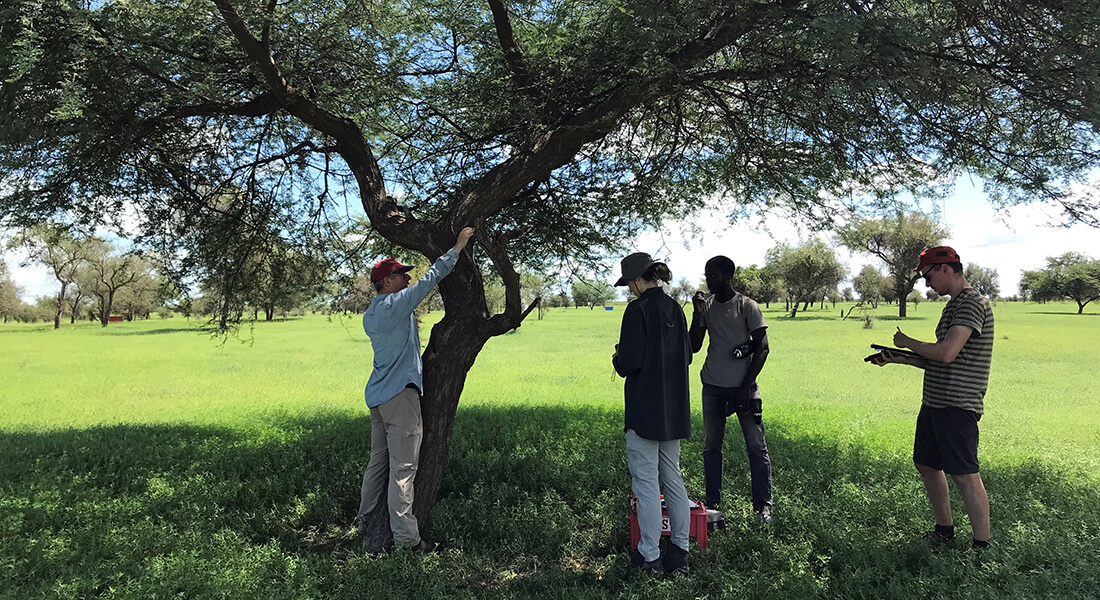Current areas of research

Deep learning and vegetation mortality
This first area of study uses a multi-scale approach to test and derive robust proxies of ecosystem functioning. These are generated at global scale, combining EO data on vegetation productivity with state-of-the-art climate forcing data, and their ability to monitor change in ecosystem functioning is evaluated for all biomes on Earth. In parallel, high to very high resolution EO proxies are derived for the die-offs sites, including species composition and ecosystem traits. Field data is key to test the capability of the new EO-based proxies to monitor change in ecosystem functioning.
Ecosystem stability to drought
This second area of study uncovers ecosystem response during major disturbance events by analysing collected field data and new EO based proxies derived through the first area of study. The aim of this area of study is to significantly improve state-of-the-art stability models and reduce their uncertainty. Particular focus is on quantifying, case by case, the climatic and ecosystem conditions (e.g. species composition and ecosystem vigor) prior, during and after the die-off events. This is key information for understanding the drivers of die-off and recovery, and accurately describe and quantify ecosystem stability at the site level. Insights gained from field and climate data, and from EO based assessment of ecosystem stability are compared over the global set of drought-induced die-offs in order to improve our understanding of ecosystem resistance to drought and recovery potentials.
Quantification of detrimental thresholds
This third area of study identifies site level specific climatic conditions that have led to vegetation die-offs and retraces the history of drought for each site in order to identify similar occurrences in the past. In parallel, a literature review is performed to identify past cases of vegetation die-offs at the site level. Insights on eco-climatic thresholds (i.e. detrimental thresholds beyond which a die-off occurs) from two different approaches are compared: 1) Process-based DVM, used to simulate the ecosystem response to change in environmental conditions at the site level, and to create conditions that make an ecosystem prone to die-off. 2) Analysis of water-use efficiency (WUE) extremes derived from the EO data described above at the site level and at global scale as they potentially carry important information on eco-climatic thresholds.
